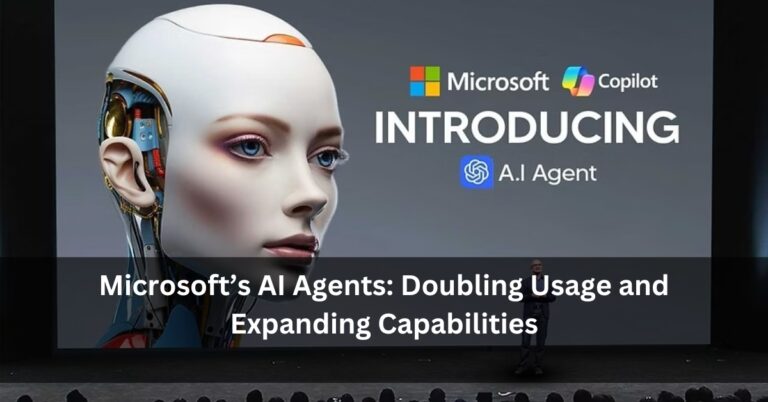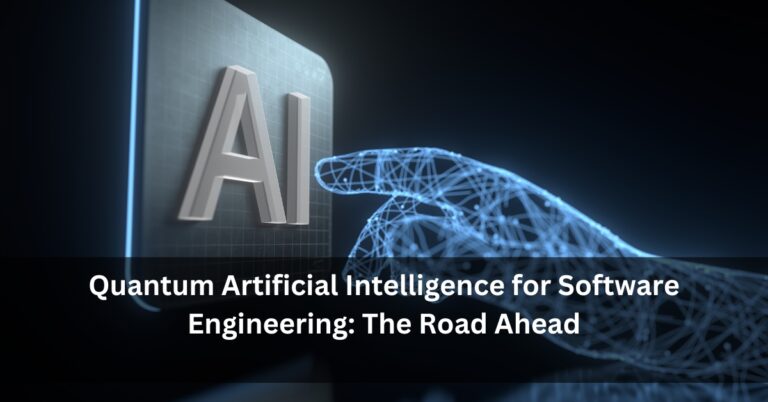AI’s Impact on Traditional Software Development: Transforming the SDLC
The world of software development is evolving rapidly, and one of the key drivers of this change is Artificial Intelligence (AI). Traditionally, software development was a manual and time-consuming process, requiring detailed planning, coding, testing, and ongoing maintenance. However, with the growing influence of AI, we are now seeing a transformation in how software is built, managed, and delivered.
At FutureAI, we are closely following how AI is reshaping the Software Development Life Cycle (SDLC), enabling faster development, reducing errors, and making software more adaptable to users’ needs. This blog explores how AI is influencing each phase of the SDLC and what it means for developers and businesses, especially in the Indian context.
What is SDLC and Why Does It Matters?
The Software Development Life Cycle is a structured process that guides how software is created. It typically includes these stages:
- Requirement Gathering
- Design
- Development
- Testing
- Deployment
- Maintenance
Each of these steps plays a critical role in building software that performs well and meets user expectations. Traditionally, teams spent weeks or months moving through these stages. But AI is helping make this process more efficient and accurate.
AI at Work: Transforming Each Stage of SDLC
1. Smarter Requirement Gathering
AI can now analyse user feedback, market trends, and business data to help teams understand exactly what the software should do. Natural Language Processing (NLP) tools can read through large volumes of customer reviews, social media posts, and support queries to identify common issues or feature requests.
This makes requirement gathering more user-focused and data-driven, which is key to building products that solve real problems. At FutureAI, we believe this is the first step towards intelligent software development.
2. AI-Powered Design
Design is no longer only about drawing wireframes manually. AI-based design tools can suggest layouts, recommend colours based on user psychology, and even generate code for interfaces. For example, new tools like Google’s “Stitch” help convert text instructions into working designs, saving both time and effort.
By reducing the need for repetitive design tasks, AI allows developers and designers to focus more on innovation and user experience.
3. Assisted Development
Coding, which used to be the most time-consuming part of SDLC, is also being enhanced by AI. Tools like GitHub Copilot or OpenAI Codex can write code based on prompts, correct syntax, and suggest improvements in real time. These tools are not replacing developers, but helping them work faster and smarter.
At FutureAI, we encourage Indian developers and startups to adopt AI tools to boost productivity, especially when working with limited resources or tight deadlines.
4. Smarter Testing
Testing is another area where AI is creating a big impact. AI can automatically create test cases, identify bugs, and even predict future failures by analysing historical data. This reduces the time spent on manual testing and improves the overall quality of the software.
More accurate testing also means fewer issues after launch, resulting in better user satisfaction and reduced maintenance costs.
5. Streamlined Deployment
Once software is built and tested, it needs to be deployed efficiently. AI can automate this process, reducing human error. With intelligent deployment systems, companies can push updates, scale systems, and handle user traffic more smoothly.
This is especially important in the Indian market, where internet usage is high and users expect reliable, always-available apps.
6. Predictive Maintenance
After deployment, maintaining software is an ongoing task. AI helps in monitoring application performance, identifying patterns, and predicting problems before they occur. This allows developers to fix issues early and avoid major breakdowns.
At FutureAI, we see predictive maintenance as one of the strongest use cases of AI in software. It saves time, reduces downtime, and builds user trust.
The Benefits: Why This Matters to You
AI-driven software development is more than just a trend—it’s a practical approach to building better, faster, and smarter products. The main benefits include:
- Increased speed: Development cycles become shorter
- Lower costs: Reduced manual effort and errors
- Improved accuracy: More reliable software
- Better user experience: Personalised and responsive designs
- Scalability: AI tools help teams manage growth easily
Whether you are a business owner, a startup founder, or a young developer, AI offers a great opportunity to enhance your software without huge investments.
Challenges to Be Aware Of
While AI offers many advantages, it also brings some challenges:
- Job roles are changing: Developers need to learn new tools
- Security risks: AI systems can be targets for cyber attacks
- Bias in algorithms: If not trained properly, AI can make unfair decisions
It’s important to balance automation with human oversight to ensure ethical and reliable outcomes.
The Way Forward
AI is not here to replace software developers—it is here to support them. When used wisely, AI can become a trusted assistant, helping developers and businesses do more with less.
At FutureAI, we are committed to guiding our audience through this shift. We regularly share updates, tools, and insights to help you stay ahead in the evolving world of software development.
The future of software is not just about writing code. It’s about building intelligent, responsive systems that understand users, adapt to changes, and grow with your business. And with AI by your side, that future is not far away.
For more resources and expert guidance, visit FutureAI and explore how AI can enhance your development journey.







